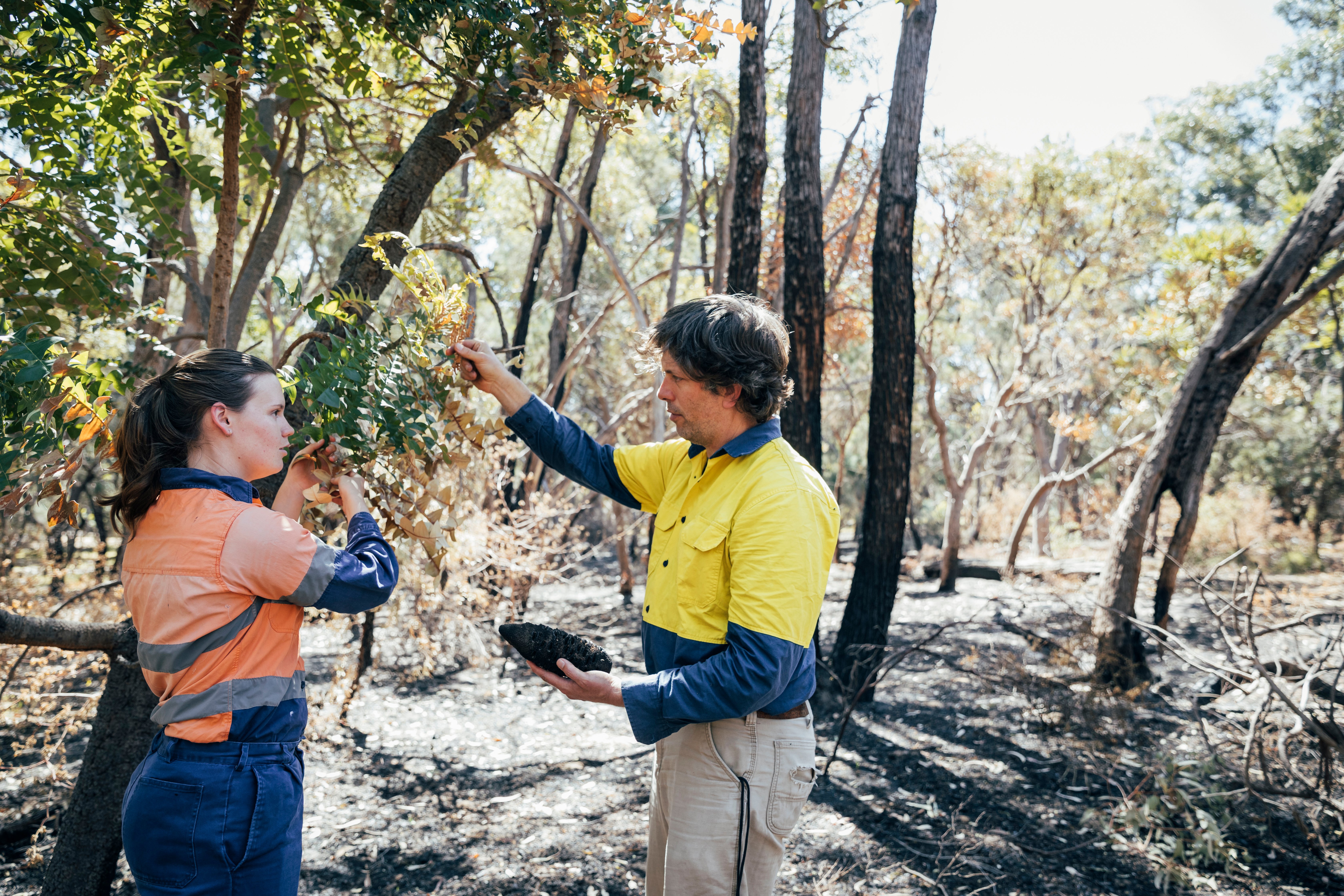Table of contents
Recommended for you

The art of bringing your people on the journey
We recently heard about a company that was going through a period of major change, and had started a monthly ‘blue sky’ session where staff were asked to throw around big ideas and chat about creative solutions over a glass of wine on a Friday afternoon.
At least, that’s what it said on the calendar invite. The reality was that staff sat silently, trying to avoid eye contact, while a formidable manager posed questions nobody felt comfortable enough to answer. Their working environment was missing the psychological safety that it needed to make this idea work.
Employees whose ideas are undermined, dismissed or ignored quickly become employees who don’t simply see the value in sharing their ideas or proposing new solutions to existing problems. They become employees who maintain the status quo and keep doing things the same way, even in cases where some of those processes are outdated and inefficient.
In an era of ‘innovate or die’, a license to challenge and disagree is a powerful tool for staying ahead of the curve. Rewarding employees for vulnerability, openness and constructive feedback puts businesses in a better position to face our increasingly complex world.
Employees whose ideas are undermined, dismissed or ignored quickly become employees who don’t simply see the value in sharing their ideas or proposing new solutions to existing problems.
The stages of psychological safety in the workplace
Timothy R Clark is a former CEO and an organisational consultant who’s written extensively about the idea of psychological safety. In The Four Stages of Psychological Safety, he lays out the processes behind creating a workplace where employees are empowered to make their own decisions, take risks, and aren’t scared of being penalised for mistakes.
Clark writes that the first stage, ‘inclusion safety’, is about inviting and accepting people into your team without fear of rejection or punishment. Next comes ‘learner safety’, which involves encouraging team members to take risks and ask questions in exchange for their willingness to learn.
The third stage, ‘contributor safety’, is about feeling safe to contribute as a full team member, and feeling empowered and encouraged. Finally, ‘challenger safety’ relates to what Clark calls “constructive dissent”: that all-important ability to disagree and provide constructive feedback, where team members are given respect and permission to dissent if something needs to change.
Creating a culture of intellectual bravery
The tough part is figuring out how to move towards this culture if you don’t already have it. Clark suggests some concrete changes to management behaviour that can spark a shift to an environment of intellectual bravery.
- Don’t rule with fear. Watch for behaviours that might make employees self-censor or retreat into silence.
- Respond positively to dissent and disruption. Clark recommends that “when someone on your team challenges the status quo with the intent to foster conversation or shares bad news, make sure you communicate a positive emotional response through your body language and non-verbal cues”.
- Respond last. Wait for team members to contribute, acknowledge their contribution, and take into account what they’ve said when you give your perspective.
- Share your mistakes. A leader displaying vulnerability sets a powerful standard in the workplace.










